The abrupt and steep orography of the westernmost islands makes them the perfect place to enjoy forests and peaks above 1,500 meters above sea level. These characteristics give rise to a wonderful ecosystem ideal for the development of all kinds of fungi and mushrooms from the Canary Islands.
In the Canary Islands we can find a great variety of mushrooms, among them, edible and inedible, even poisonous . There are so many species of mushrooms that can be found in the mountains of the archipelago that it is difficult to quantify.
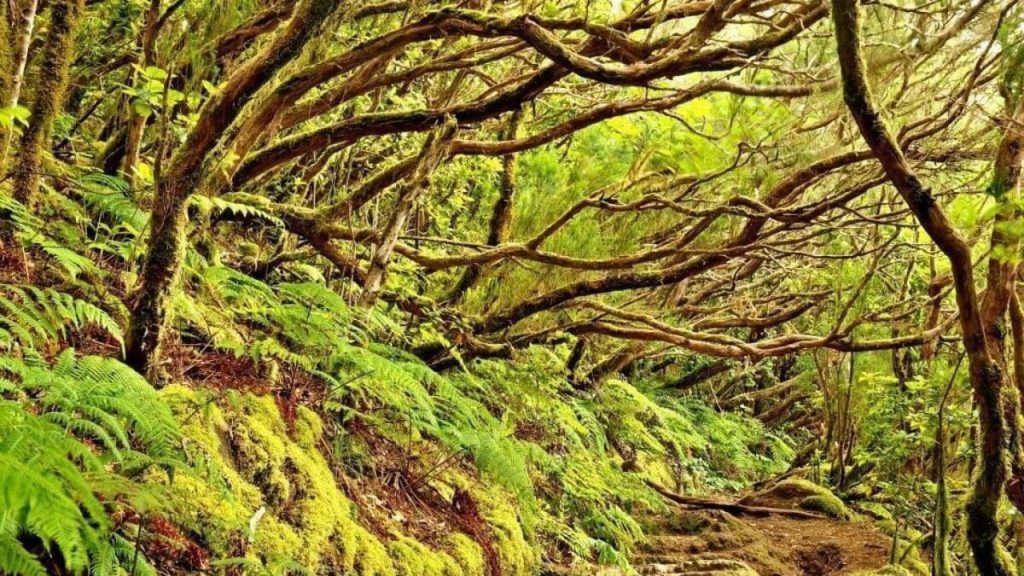
Mushrooms and the mushroom kingdom
Mushrooms are a group of fungi with fruiting bodies or sporocarps in the form of umbrellas supported by a pedicel and can be edible or inedible. As we have said, a mushroom is the fruiting body of the fungus, which would be the fruit for a tree and, in addition, they serve the fungus to reproduce.
Different types of canary mushrooms
More than 500 different species of mushrooms have been found in the Canary archipelago, some more common than others. Below, we will mention some of the most common mushrooms seen in the islands and differentiate them into edible and non-edible or poisonous.
Edible canary mushrooms
Níscalo, one of the most delicious mushrooms
Its scientific name is Lactarius Delicious . It is an autumn and early winter mushroom that grows in pine forests and thickets. It is characterized by an orange cap, which turns greenish with age. The flesh of this mushroom is whitish at first and turns orange over time. In addition, it is characterized by distilling orange-colored latex.
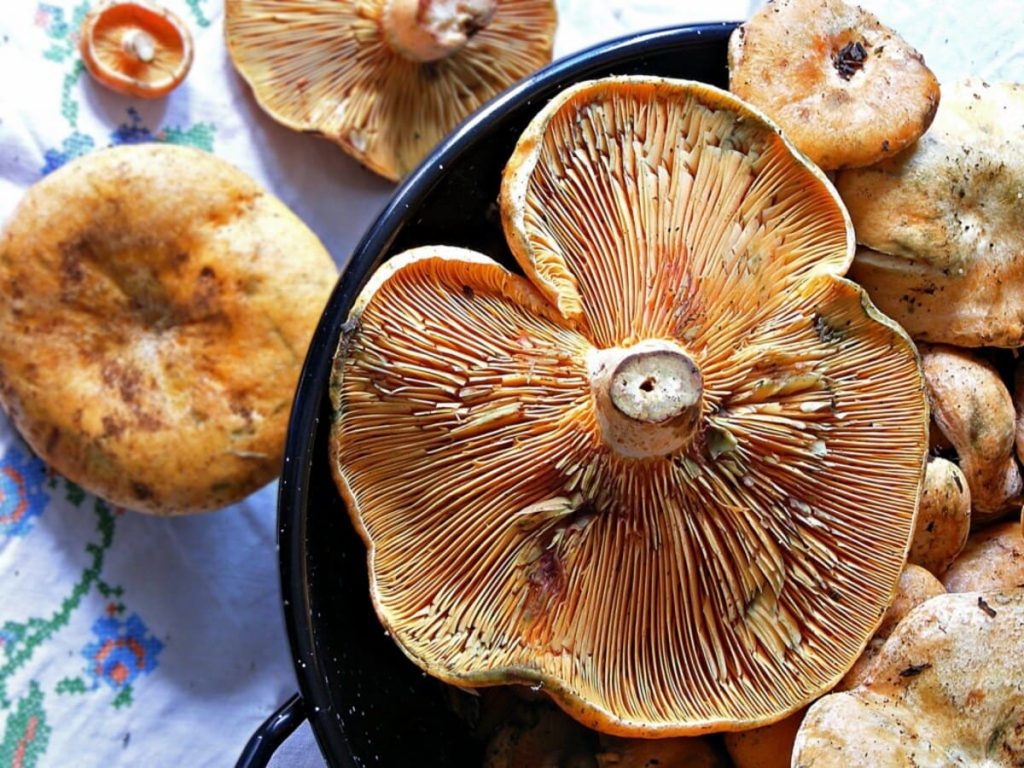
The chanterelle is one of the most delicious Canary Island mushrooms and, although its flesh has a grainy consistency, it is ideal to accompany all kinds of meats.
Common boletus or burgundy mushroom, a delicacy
Also known as Boletuse edulis. It is a type of mushroom that grows in late autumn and winter mainly in pine forests and, although it is a very common mushroom throughout the country, in the Canary Islands and even more so on the island of Tenerife is characterized by its large size.
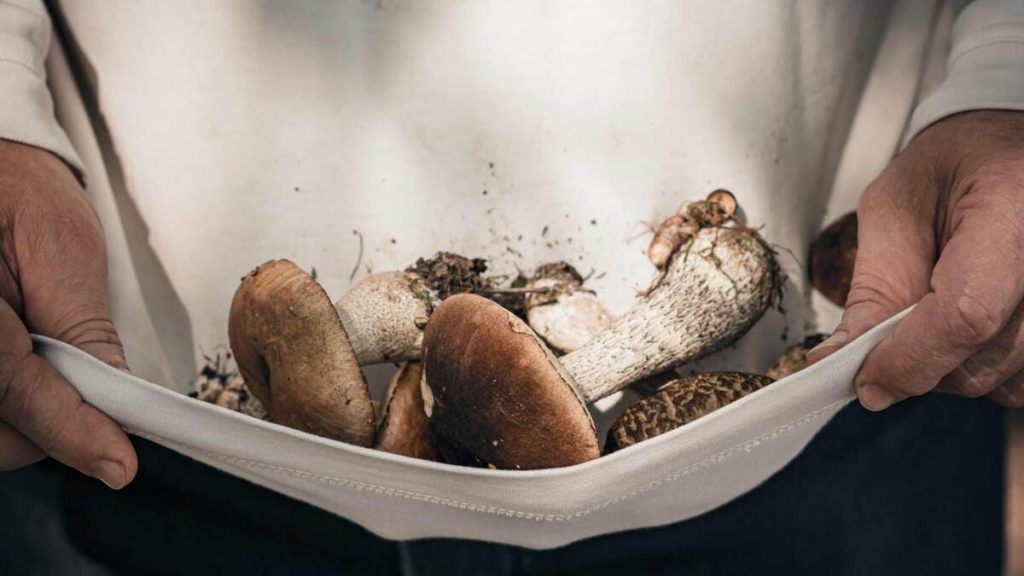
The boletus that we can find in the Canary Islands have a large cap in relation to its foot, short and thick. It is one of the most used mushrooms in the kitchen and an excellent edible, in fact, it is classified in the superior gastronomic category.
Rebozuelo or cantareras, a delicious mushroom
Its scientific name is Cantharellus cibarus. This fungus develops in autumn and winter and is usually found in the vicinity of chestnut trees. It is easily identified by its yellow body, like an egg yolk, in the shape of a spinning top and by having folds that look like blades. It is considered an excellent edible and macerated in alcohol provides a very aromatic liquor.
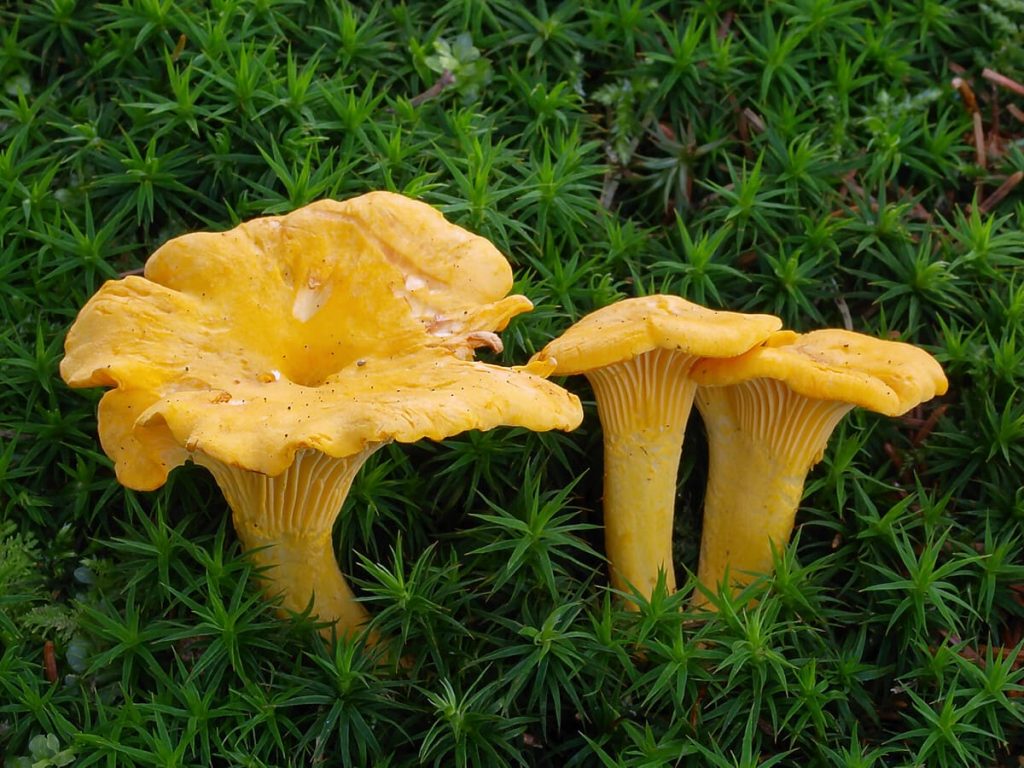
Pistonuda or Lepista nuda, the blue mushroom
It is a fungus that develops and grows in the autumn and winter months and is very common in areas of mixed pine forests. The body of this fungus is bluish in color with violet tones in its beginnings, which change to brown with violet tones with age.
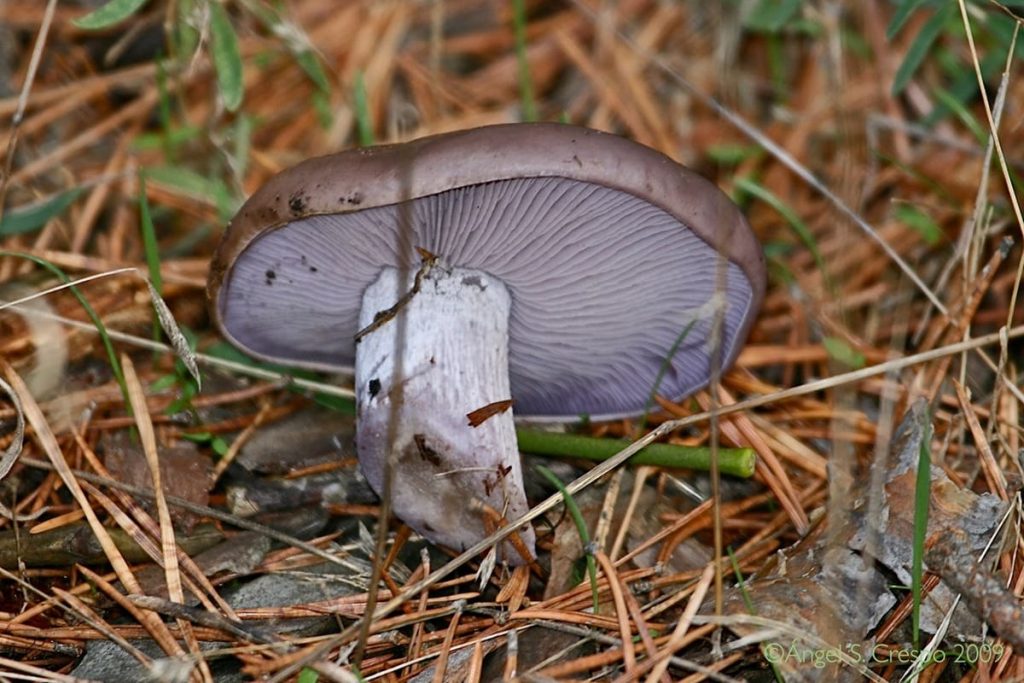
The pistonuda is characterized by a very fleshy cap, which can reach up to 20 cm in diameter. In addition, its flesh has a sweet flavor and fruity, almost anise-like smell.
Morel mushroom, a delicacy in the shape of a honeycomb
Morchella esculenta is common on the island of Tenerife and grows in winter and spring in the greenest areas. Like the previous Canary Island mushrooms, morel mushrooms are used in the preparation of dishes. In addition, its aroma is mild and it is a highly valued mushroom in Spain and France.
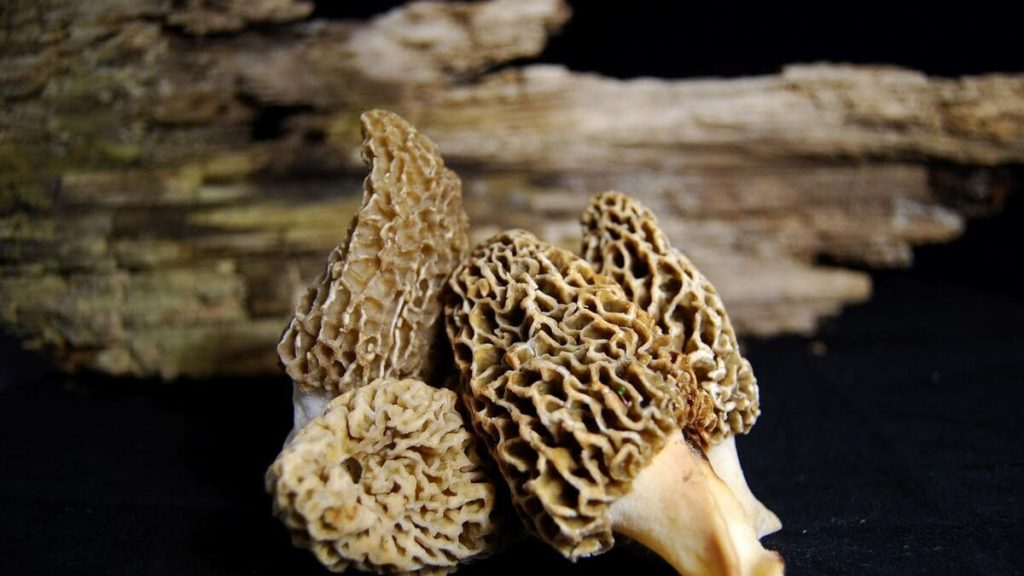
Inedible or poisonous mushrooms from the Canary Islands
Of course, in the Canary Islands you can also find inedible or poisonous mushrooms, although, for the moment, none of them are deadly, which is why it is advisable to consult an expert before going to the mountains to collect them.
In the islands there are two clearly poisonous species, whose consumption can cause discomfort, vomiting, hallucinations, among other effects. These are the Amanita muscaria or fly swatter mushroom and the Amanita pantherina. Amanita pantherina or panther mushroom, both are easily distinguishable from the rest of the Canary mushrooms.
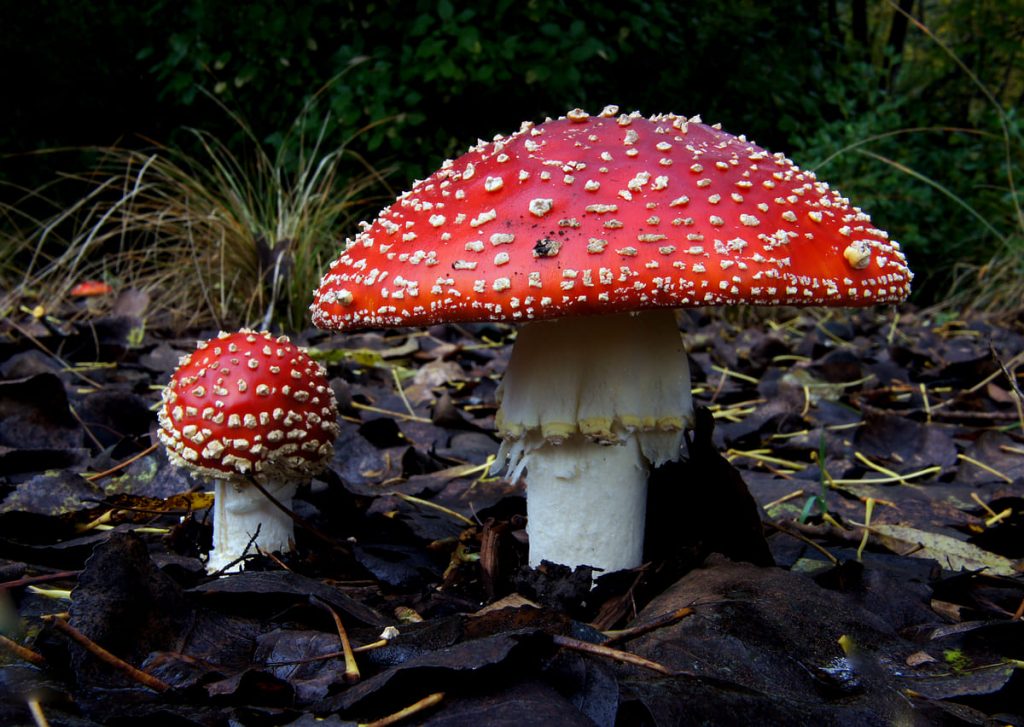
If you are interested in Canarian products as well as in the most classic recipes of the Archipelago, here is the link to the Gastronomy section of Marca Canaria where you can find interesting articles about the gastronomy of the island.
Paula Vera
Photos: laubeleal.com;agroingenia.com; guadarramistas.com; en.wikipedia.org; lagavetavoladora.com



